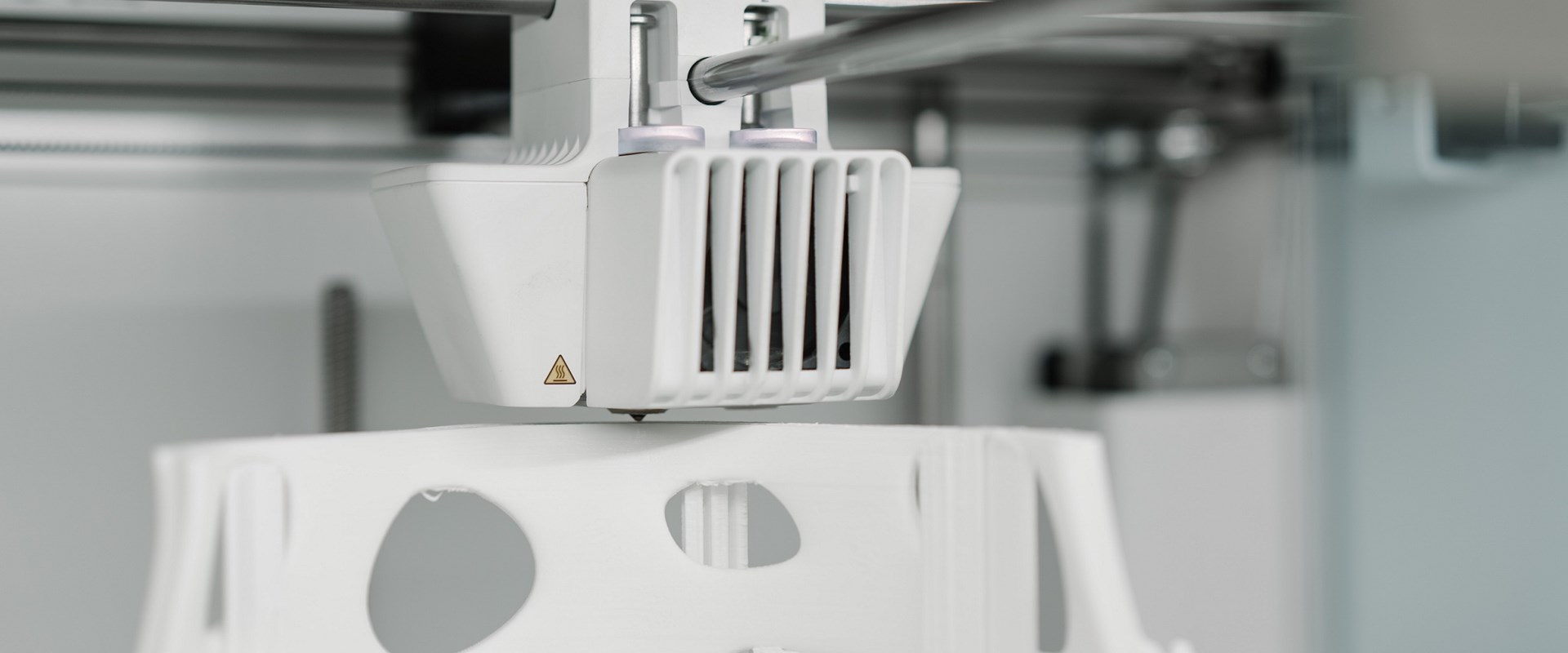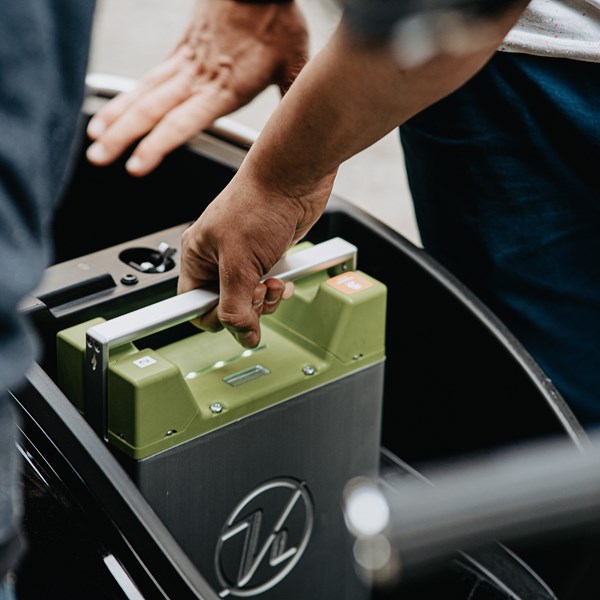3D printing is now a widespread technology that may have seemed as fanciful 100 years ago as Star Trek's replicators do to us now. We may be a long way off from synthesising matter from light to create food and other objects at will but even this fictitious invention was a development on earlier technologies (protein sequencers and food synthesisers).
It may therefore be the case that our 3D printing technology will progress to that level one day as the cumulative result of many small steps and highly promising advancements in 3D printing - not to mention 4D, 5D and 6D printing - are already coming through at an increasing pace. However, while it might not be a concern in Star Trek’s utopic Federation, the reality is that brilliant ideas can be stolen. This means you must protect the time and effort that went into their development.
When people think of inventions, they often first think of patents. However, trade secrets are widely used as a cost-effective mechanism to protect intellectual property alongside patents. Patents are typically more costly but can effectively protect ideas that could otherwise be easily deduced or reverse engineered, and so are not suitable for protection through the trade secret route.
For an idea to be patentable it must be new and inventive over anything that has been previously disclosed. It can be difficult to assess the inventiveness of an idea but broadly it should constitute a non-obvious improvement providing a technical effect. The downside of patent protection is that a patent application is published. This means the world will know all the details of what you are doing.
On the other hand, trade secret protection is like an enhanced version of confidential information. For something to be a trade secret it must have commercial value because it is confidential and reasonable steps to keep it secret will have to have been made. Patents and trade secrets are often used in a complementary way, to protect different aspects of a technology.
In the context of 3D printing, a patentable improvement can relate to a product such as the motion system of a 3D printer or the material used for 3D printing. An improvement can also relate to a method, such as a specific order of steps taken during printing, a specific UV radiation during resin curing or an improved method of planning a printing path. The technical effect of these improvements could be any one of improving the speed, accuracy or efficiency of the printing, increasing the number of materials that can be used and/or decreasing the cost, weight or size of a 3D printer.
Although potentially patentable, some of these improvements could well have more value if retained as a trade secret, particularly around methods that would be used in-house to improve the speed and accuracy of printing. You will need to consider the benefits of patent protection and the world knowing your specific method steps (and the risk then that a third party will use that method - proving infringement of your method patent may be difficult), versus keeping those details entirely confidential and foregoing patent protection.
It is evident that different approaches are needed for printing objects depending on their geometries and materials.
Similarly, the approach to protecting one’s intellectual property will depend on many factors. Patent protection may or may not be suitable depending on the available budget and considerations on whether the idea has been disclosed, whether it is likely to be inventive and whether it can be easily reverse engineered.
Moreover, even when patenting is clearly the most suitable option, the approach to patenting may depend on whether you are interested in attracting investment, defending against key competitors and/or making use of the Patent Box scheme to reduce your corporation tax.
If you have any questions on trade secrets or have thought of a 3D printing improvement, big or small, please feel free to contact me and we can talk about your ideas and how they fit within your commercial needs.






